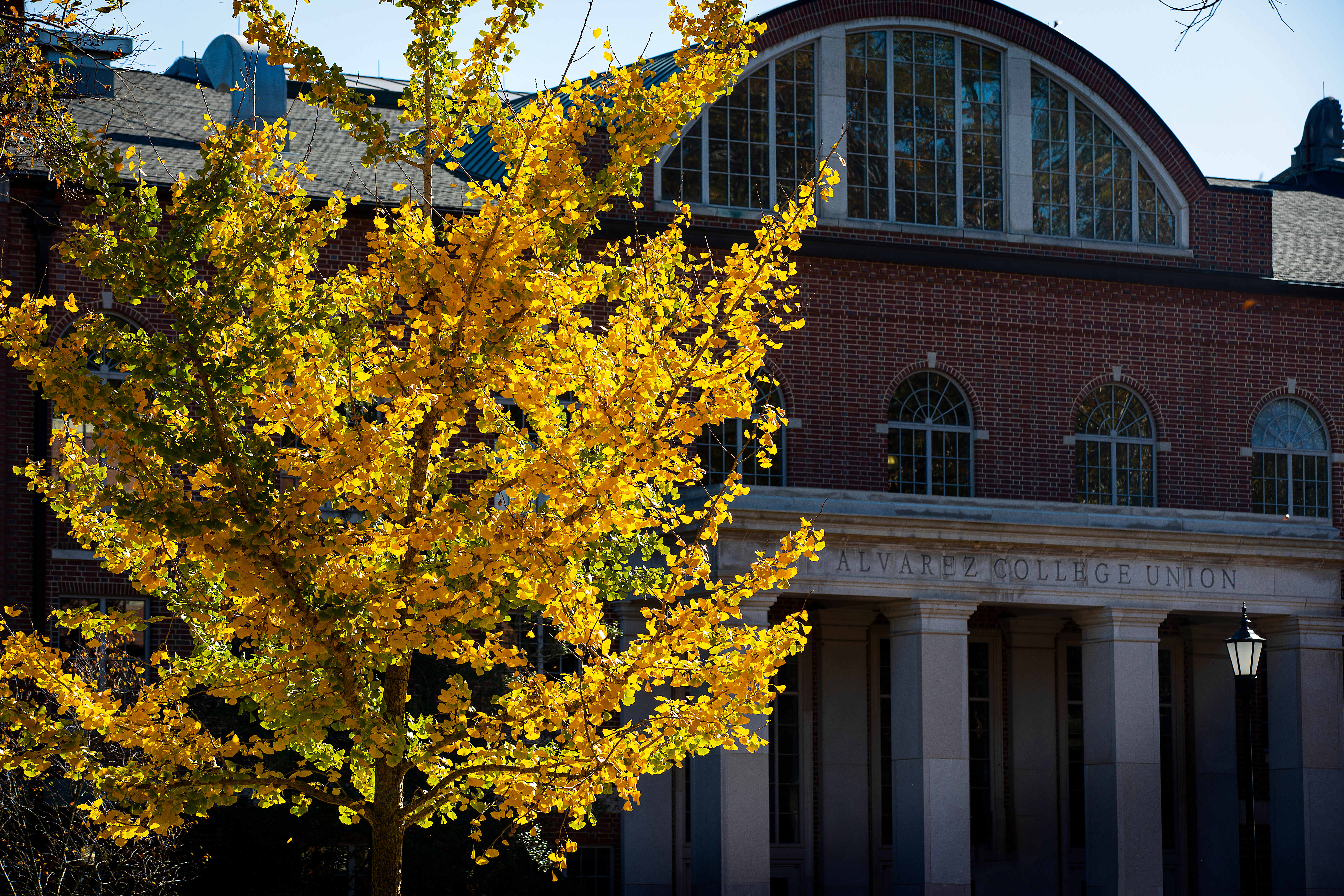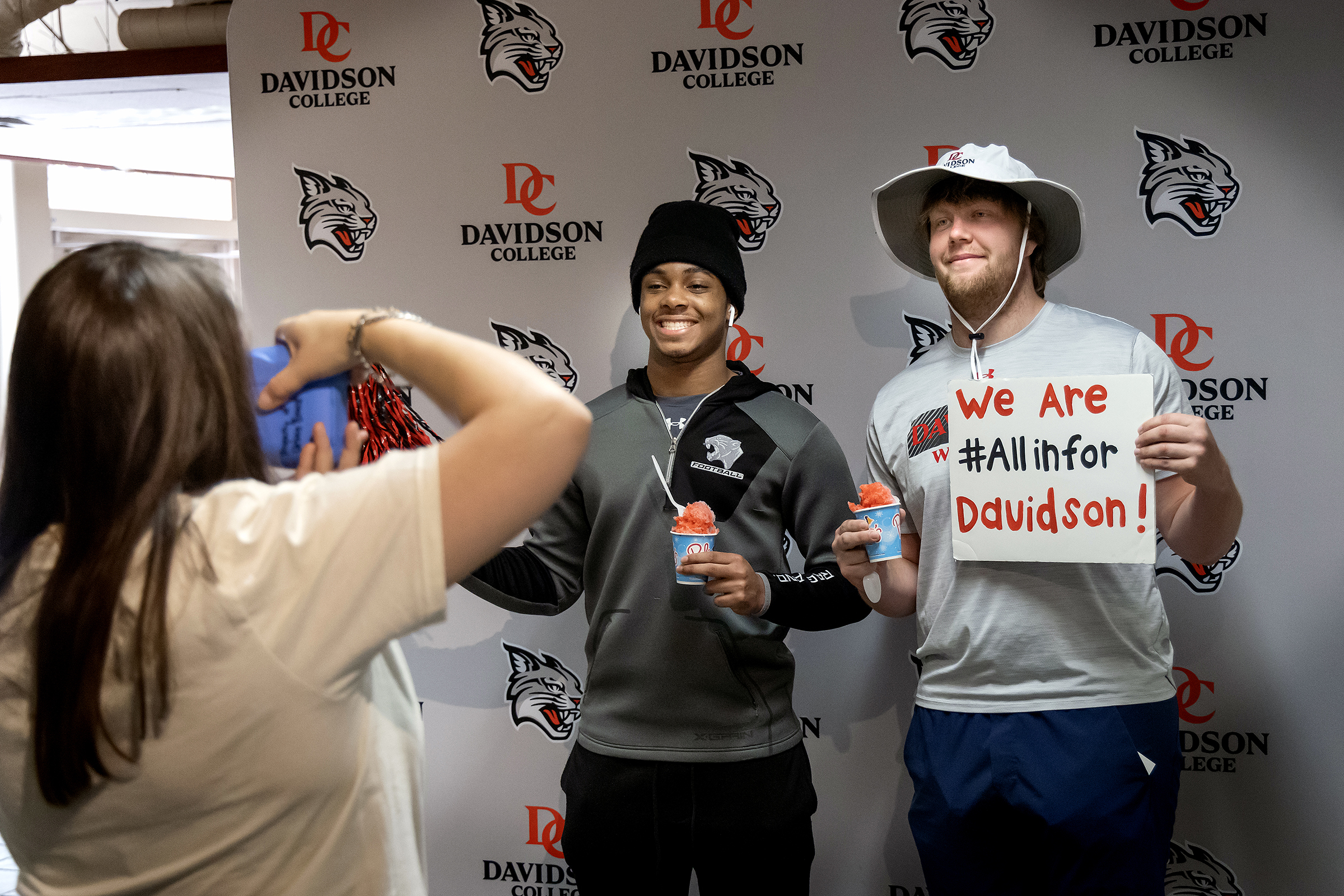Astronaut Thomas H. Marshburn, M.D. ’82: From Davidson to Houston and Back
June 7, 2017
NASA inducted its class of 2017 astronauts today, June 7, at the Johnson Space Center in Houston, Texas.
We caught up with Tom Marshburn, M.D. '82, NASA class of 2004, to talk what's new, what's next and what's changed in the 13 years since he officially entered the program.
"The training is better," Marshburn said by phone the morning of the ceremony.
Training is critical in an age when NASA contracts with private commercial transports for supply, and soon human, payloads.
In fact, SpaceX, one of the companies at the forefront of commercial space travel, delivered a payload of materiel to the International Space Station (ISS) on Monday.
Marshburn called the ISS home for 144 days in 2013–it was his second trip to space, and one of the longest sojourns on record at the time.
What's the biggest medical advance to come out of NASA research?
Marshburn helped run capillary flow experiments that led to advancements in medical technology commonly referred to as "lab on a chip."
"NASA scientists were interested in learning how fluids might flow without using pumps," he said. "What we found was that at the pico-liter level, fluids on the ground act like fluids in a weightless environment."
The technology permits shrinking size and weight for on-board devices and has been deployed on Earth in handheld diagnostic tools for on-the-spot HIV detection in remote areas of Africa.
NASA claims other well-known commercial products as spinoffs, including memory foam, freeze-dried food, firefighting equipment and cochlear implants, to name a few.
Nearly 2,000 spinoffs have come from the agency in areas ranging from computer technology to medicine to transportation.
Marshburn has a list in his head, too:
- The sun rises and sets every 90 minutes for the inhabitants of the ISS. The speedy sun cycle scrambles "chrono-biological cues," leaving astronauts sleep-deprived and out of sorts. In an effort to help astronauts sleep, NASA developed LED devices linked to normal human sunset and sunrise timing. That same technology is at work in many computers and smartphones that adjust for daytime and evening light quality settings.
- Technology used to digitize lunar maps led directly to medical CT scan and MRI technology.
- Drills used on the lunar surface require rechargeable batteries, and those heavy-duty rechargeable batteries were then put to use in external defibrillators.
- Radial tires derive their strength from technology developed for the parachute risers on the Apollo and Viking voyages.
- The fatal Apollo 1 launchpad fire in 1967 led to greater safety awareness in high-pressure and high-oxygen environments of neonatal and other medical units.
- And of course, there will always be Tang, Teflon and Velcro: "NASA didn't invent those, but when John Glenn drank Tang, everybody started drinking it," Marshburn said.
Current NASA research ranges from neutron stars and dark matter to how atoms and fire behave in zero gravity. The agency recently announced that its first mission to explore the sun's atmosphere will launch in 2018.
"When you fund really smart people to solve extremely difficult problems, with the mission statement that only NASA has–to explore the universe–you can motivate people to do great things," Marshburn said. "And they do."
Marshburn, a Hickory native and Davidson physics major who earned his medical degree from Wake Forest University, has served as a flight surgeon at Johnson Space Center, co-chair of medical operations for the Shuttle/Mir Space Program, NASA representative to the Harvard/MIT Smart Medical Systems Team of the National Space Biomedical Research Institute, and lead flight surgeon and medical operations lead for Expedition 7 to the ISS.
After Marshburn welcomes the newest class of NASA astronauts to Johnson Space Center, he will take a sub-orbital commercial flight to Charlotte for the reunion weekend of another class: Davidson 1982.
John Syme
josyme@davidson.edu
704-894-2523



